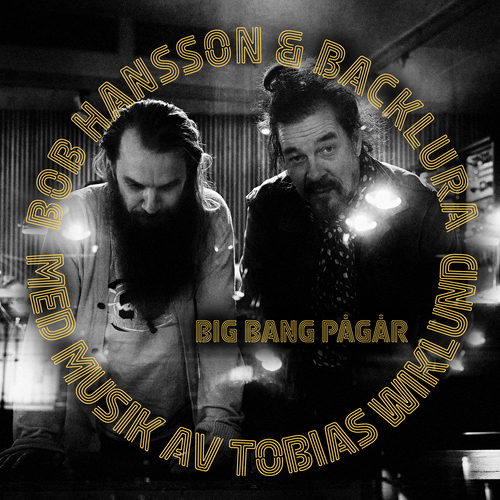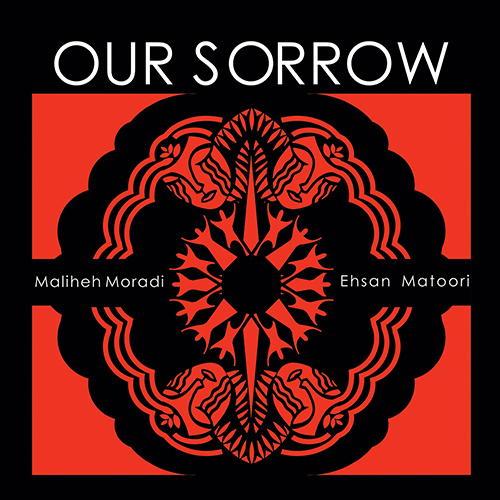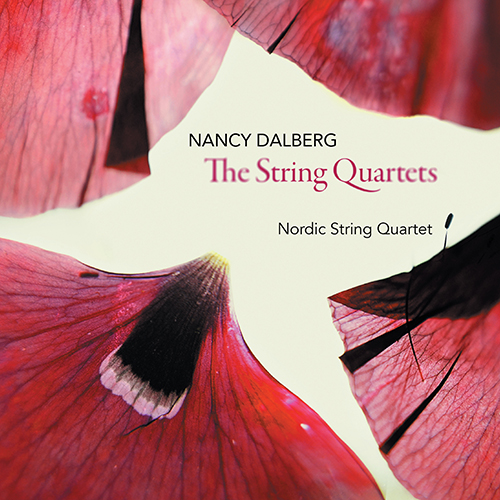In addition to its own wide-reaching monthly new releases (see www.naxos.com/newreleases.asp), Naxos also distributes several leading labels in many countries around the world. Here is a choice selection of recent releases from some of these distributed labels.
Dacapo is Denmark’s premier label for classical and contemporary music, established in 1989 and backed by the Danish Arts Foundation. Specialising in Danish composers, Dacapo Records actively promotes the country’s musical landscape both domestically and on the global stage.
Partnering with the best Danish and Nordic artists, Dacapo also collaborates with esteemed international ensembles like the Vienna Philharmonic, the New York Philharmonic, the London Sinfonietta, and the Kronos Quartet. This partnership results in high-quality releases that consistently garner nominations for prestigious international awards.
Discover ‘Atrium,’ the debut album by Danish cellist and composer Josefine Opsahl for Dacapo Records, blending acoustic and electronic elements to create a unique musical experience.
Pre-order your copy of this special edition hardback book (15x15cm, 64 pages) with an inserted CD, available in May 2024!
Bára Gísladóttir (b. 1989) considers sounds, instruments and ensembles as living organisms. In her works VAPE, Hringla, and COR, the Icelandic composer and double bassist engages with the largest musical organism of all: the symphony orchestra. Through these works, we follow Gísladóttir’s fascination with language and coincidence. We hear an uncompromising interrogation of the body’s excesses and ailments, and, most of all, we see life, vaporous and between states, neither dark nor light.
With the establishment of Copenhagen’s Tivoli Gardens in 1843, the Danish composer and conductor Hans Christian Lumbye (1810–1874) swiftly rose to fame as the city’s internationally acclaimed king of waltzes and galops, leading his orchestra from the violin. For this recording, Lars Ulrik Mortensen and Concerto Copenhagen, Scandinavia’s leading period instruments ensemble, studied Lumbye’s original scores and used instruments from the era to recreate an authentic sound. This collection showcases Lumbye’s enchanting music, along with popular pieces by his idols, Lanner and Strauss I.
“Since Beethoven, nothing has been written that even comes close!” The great conductor Arthur Nikisch made this remark to Bruckner’s former student, Joseph Schalk, while fellow conductor Hermann Levi described the piece as “the most significant symphonic work since Beethoven’s death.” Arthur Nikisch conducted the first performance in the Stadttheater, Leipzig, on 30 December 1884, with Bruckner in the audience. While the performance was not a total triumph, it brought a new and significant international recognition for the sixty-year-old composer. During Bruckner’s lifetime, the Seventh, especially its Adagio, was his most popular symphony, and it remains among his most beloved and frequently performed works.
Julius Fučík studied composition under Dvořák at the Prague Conservatory but was soon to emerge as one of the great ‘march kings’ of his time. He gained worldwide fame for his immortal Entry of the Gladiators, but after the composer’s death in 1916, his music collection was acrimoniously broken up by his family, with many scores subsequently lost. Half the contents of this album come from handwritten manuscripts preserved in Prague that have no known printed parts. Painstaking editorial work has been carried out allowing us to hear the full range of Fučík’s works in these premiere recordings.
John Adams’ music has long since captured the admiration of listeners for its inimitable American qualities. City Noir was inspired by the cultural and social history of Los Angeles, with Adams calling it ‘an imaginary film score’ in its evocation of a terse, melodramatic and menace-drenched sound world. Fearful Symmetries exemplifies Adams’ steamroller motor rhythms, endlessly inventive in their shifts of timbre, texture and colour. The album ends with a work dedicated to Marin Alsop, a capricious “Spider Dance” of memorable rhythmic drive.
Edward Elgar’s Cockaigne Overture portrays London at the turn of the 20th century as a pulsating world metropolis. Cheerful and colourful, it takes the listener on a stroll through the hustle and bustle of the city. Premiered in Manchester in 1908, Elgar’s Symphony No. 1 quickly found its way into the concert repertoire. His second and final symphony followed three years later.
This is the second album from Alexander Soddy and the Mannheim National Theatre Orchestra, produced in cooperation with the Musikalische Akademie Mannheim.
Amongst a pantheon of great Czech composers, Bedřich Smetana is revered as the musical personification of his country’s national spirit and the founder of its modern musical character. Composed after the onset of Smetana’s incurable deafness, Má vlast (My Fatherland) is an unprecedented cycle of six related symphonic poems that evoke ancient Czech legends and celebrate the majestic beauty of the country’s landscapes. Acclaimed with ‘unending storms of applause’ at its 1882 premiere, Má vlast reflects the unique characteristics that form the living heart and soul of the Czech nation.
To mark the 75th anniversary of the Bavarian Radio Symphony Orchestra (BRSO) in 2024, the BR-Klassik label is releasing previously unreleased recordings of noteworthy concerts for the first time. Hector Berlioz’s passionate Symphonie fantastique, the almost revolutionary symphonic masterpiece by the great French composer, was performed by Colin Davis with the Bavarian Radio Symphony Orchestra at Munich’s Philharmonie im Gasteig on January 15 and 16, 1987.
In his Symphonie fantastique, subtitled Episodes from the Life of an Artist, Berlioz combines the structures of the musical symphony with the form of a five-part classical drama. With the help of a leitmotif (an idée fixe), he tells the listener about the beloved woman of his dreams. The Symphonie fantastique thus paved the way for the symphonic poems of the Romantic period as well as the leitmotif method in Wagner’s music dramas.
Excerpts from Richard Strauss’s comic opera Die schweigsame Frau (The Silent Woman) were pre-produced as studio recordings for a television programme in November 1960. The impressive cast was almost identical to that of the opera production at the Salzburg Festival in 1959, under the baton of the premiere conductor Karl Böhm, featuring Hans Hotter (Sir Morosus), Hermann Prey (Barber), Fritz Wunderlich (Henry), Ingeborg Hallstein (Aminta), and others. Heinz Wallberg conducted the Bavarian Radio Symphony Orchestra for this recording. In contrast to the live recording from Salzburg, which was marred by audible stage noises due to the turbulent production, the outstanding cast in this recording shines brightly, allowing the true brilliance of their performances to be fully appreciated.
GRAMMY Award-winning, ‘velvet voiced’ (NPR) baritone Will Liverman and pianist Jonathan King present a recital programme honouring women in classical music, past and present, on Show Me The Way, Liverman’s second ‘passion project’ recording for Cedille.
Praised as ‘nothing short of extraordinary’ (Opera News), Liverman and King have curated a moving and poignant recital celebrating American female composers from 20th-century trailblazers Florence Price, Margaret Bonds, and Amy Cheney Beach to present-day composers commissioned for this program.
This new album, Liverman’s second with long time recital partner pianist Jonathan King, is inspired by and honours the singer’s mother, gospel singer Terry Liverman, and their mutual love of song. The Livermans perform together on recording for the first time in their own arrangement of Alma Bazel Androzzo’s cherished hymn If I Can Help Somebody.
Erich J. Wolff’s name will be unfamiliar to many but in the 1920s, an authoritative reference book on popular art song ranked his compositions fourth, behind Hugo Wolf, Richard Strauss and Gustav Mahler. The first volume in this series of Wolff’s Complete Songs introduces a composer of astonishing gifts whose Romanticism is as daring as his formal sophistication. Wolff’s songs are lyrical, serene and full of melodic beauty, coupled with piano writing that is both virtuosic and atmospheric.
In 1914, Franz Schmidt staged his opera Notre Dame at the Vienna State Opera to great acclaim. Immediately afterwards, he was looking for material for a new opera when he came across the novel Fredigundis by Felix Dahn, which is loosely based on historical events from the 6th century. Schmidt worked on the project from 1916 to 1921, with the premiere taking place in Berlin in December 1922. Schmidt’s music for Fredigundis marks the end of a development that runs through the so-called ‘Classic-Romantic’ period. The work is characterised by extensive chromaticism and a boundary-pushing expansion of the major-minor tonal system paired with dense counterpoint and perfect compositional artistry in the vocal parts.
The heyday of the European art song, which began in the middle of the 18th century, ended at the beginning of the 20th century. However, the composers Béla Bartók and Zoltán Kodály took a different path: they renewed the art song by returning it to its folk origins. The most fascinating thing about the work of these two musicians was not just their painstaking ethnomusicological field research. Whilst they preserved Hungarian folkmusic, recording (as best they could at the time) and notating this music, they also allowed it to inspire their own compositions. At this time, when many musicians appropriated folk music for political reasons, Bartók and Kodály created a genuine folk art that did not pander or simplify, but spoke of feelings that directly touched its listeners.
Carlo Agostino Badia was among the many Italian musicians who found success at the court of Vienna, where he was hired as a composer in 1694. While little is known about his education, musical historiography highlights his remarkable forty-four-year compositional career in the service of Emperors Leopold I and Joseph I. During this period, he produced in large quantities cantatas, melodramas, and oratorios that were greatly appreciated at the Austrian court.
Badia’s musical style serves as a bridge between the late Baroque period and the emerging galant style, a transition further exemplified by his successor at the Viennese court, Antonio Caldara. The recording in focus showcases Badia’s cantatas from the collection Tributi Armonici, published in Nuremberg in 1699. These cantatas reflect the transition from the traditional Venetian to the new eighteenth-century style. Raffaella Milanesi’s flexible soprano voice, accompanied by the RomaBarocca Ensemble under Lorenzo Tozzi’s direction, beautifully captures the varied writing styles present in the cantatas.
With their recording of Dmitri Shostakovich’s complete string quartets, the Quatuor Danel has crafted an impressive opus that delves into the composer’s life with deep musical understanding and establishes unparalleled standards in interpreting his chamber music. These new live recordings, stemming from their 2022 residency at the Mendelssohn Hall of the Gewandhaus Leipzig, capture the full spectrum of emotions embedded in Shostakovich’s quartet cycle, from the ethereal to the profound, from the whimsical to the contemplative. With their interpretation of this extraordinary cycle, the Quatuor Danel has forged a distinctive Shostakovich style that cannot be found in any other quartet. Primarius Marc Danel reflects on the resonance with the audience in Leipzig, describing it as nothing short of sensational. “I hope the recordings will also convey the collective spirit we permanently felt during our residency in the Mendelssohn Hall.”
The fact that an accomplished violinist can also play the piano with equal virtuosity and artistic perfection suggests an extraordinary musical talent. Tomoko Mayeda’s recording of Mozart’s late Viennese violin sonatas reveals that this is true in her case. On this album, the Japanese artist uniquely presents the three violin sonatas by Johannes Brahms by first recording the entire piano part and then adding the violin part in a second recording session. Brahms described his violin sonatas as ‘Sonatas for Piano and Violin’, acknowledging the difficulty and prominent position of the piano part, as he was an extremely virtuoso pianist himself. With this release, Tomoko Mayeda once again demonstrates her extraordinary dual talent.
While many renowned musicians of the late 17th and early 18th centuries received recognition and celebrity for their contributions to late Baroque music, Martino Bitti was initially overlooked. He was briefly mentioned in early biographic notes, criticised for lacking originality and innovativeness. Only recently has he received proper attention, particularly through Michael Talbot’s essays. A closer look at historical sources reveals Bitti’s integral role in the vibrant musical scene of the late 17th and early 18th centuries, particularly at the court of Prince Ferdinando de’ Medici (Florence 1663–1713), eldest son of the Grand Duke of Tuscany, Cosimo III de’ Medici. The recording of Bitti’s’ sonatas presented here is the result of extensive research, starting with studying early editions and experimenting with instruments of the time. This process has led to a historically accurate interpretation, shedding light on Bitti’s contribution to the music of his era.
Ernst von Dohnányi displayed an interest in a range of inventions throughout his life, so it’s unsurprising that around 1909–10 he became one of the main promoters of pianos that used a semicircular keyboard. There had long been experimentation in creating the most comfortable keyboard possible, with all the keys at the same distance from the pianist, facilitating the same body and hand positions throughout the keyboard’s full range. The Viennese manufacturer Ludwig Bösendorfer began making pianos with a concave keyboard (Bogenklaviatur) in 1910, and Dohnányi used them exclusively during the period of the Austro Hungarian Empire. When he moved to Budapest at the end of 1915, one of his own pianos was the short Clutsam-Bösendorfer, which is currently owned by the Budapest Museum of Music History. This album offers the first recording of this special instrument following a lengthy restoration.
This sixth volume of Gottlieb Wallisch’s acclaimed 20th Century Foxtrots series takes us to Southern Europe, with composers in Italy, Spain and other Mediterranean countries becoming caught up in the jazz craze that swept through dance and concert halls by the 1920s. International influences blend with regional character and famous names jostle with new discoveries, all of whose contributions create a joyous mix of exuberant theatricality, evocative elegance and colourful blues.
‘[Bach] speaks to us in his work in such clear terms that we may quite well call these fugues poems. (…) These compositions exude warmth, quiet joy, and love. Running through each piece, disguised in various forms, is the main theme, creating order and binding the work together as a whole: it serves as a secure bond amidst its diversity. Over all lies the proximity of death.’ (Enzio Forsblom) In this new recording, Bach’s final magnum opus is played by Aapo Häkkinen on a harpsichord built in 1614 by Andreas Ruckers the Elder (1579–1652), which once belonged to the composer John Blow (1649–1708), organist of Westminster Abbey and former teacher of Henry Purcell. A tradition exists suggesting that G.F. Handel had also played this harpsichord.
The Aros Guitar Duo presents a collection of six original works, composed especially for them between 2018 and 2021. Each composer was tasked with incorporating the theme of Morten Børup timeless ode, In vernalis temporis into their work. This melody, dating back 500 years, has been played by the town carillon since 1948 and has become the official anthem of Aarhus.
The result is a grand suite consisting of six movements, each crafted by a different composer with a connection to Aarhus. Despite their diverse backgrounds and circumstances, composers Asger Agerskov Buur, Martin Lohse, Peter Bruun, Rasmus Zwicki, John Frandsen, and Wayne Siegel have collaboratively produced a captivating sonic portrayal of Denmark’s second-largest city and the diversity of the contemporary music scene in the country.
Turkish pianist KCS is the Grand Prize winner of the 2022 Alexis Gregory Vendome Prize, where he was also awarded the Recording Prize.
Korkmaz Can Sağlam has showcased his talent in renowned concert halls worldwide, including the Gilder Lehrman Hall at the Morgan Library & Museum in New York, Wiener Saal in Salzburg, and Verbrugghen Hall in Sydney. He has captivated audiences in cities such as Paris, Nice, Brussels, Cleveland, Verona, and Istanbul. He has appeared in festivals such as the Gümüşlük Classical Music Festival, Antalya Piano Festival, and Bellapais Music Festival.
This season, Can Sağlam will grace the stage at the 2024 Sydney Festival as the recipient of The Rex Hobcroft People’s Choice Prize at the Sydney International Piano Competition. Additionally, he will collaborate with esteemed orchestras such as the Borusan Istanbul Philharmonic Orchestra under the baton of James Judd and the New Manhattan Sinfonietta conducted by Gürer Aykal.
Roberto Fabbriciani’s exploration of the musical world of Luis de Pablo (1930-2021) delves deeper with the release of the album Pensieri. Following his previous album dedicated to the flute works of the great Spanish composer, Pensieri features Fabbriciani, an accomplished flautist who has collaborated with several major contemporary composers, alongside the Basque National Orchestra under the direction of José Ramon Encinar.
The album opens with the titular piece, Pensieri, a rhapsody for flute and orchestra composed between 2013 and 2014, presented in four movements. This is followed by Flauta, tú voladora, composed in 2020 for C flute, Solo Kunst (2000–2017), and concluding this intense listening journey is Sólo un paso (1974) for a flutist and an actor, with the elaboration of the flute part by Roberto Fabbriciani.
Through unexpected sounds and uniquely personal musical interpretations, the album presents a programme of profound expressive richness. It serves as a heartfelt tribute to Luis de Pablo, a pivotal figure in Spanish music history and the contemporary musical landscape at large.
Gaetano Donizetti’s comic opera L’aio nell’imbarazzo or A tutor in a jam! was greeted with wild enthusiasm at its Rome premiere in 1824 and became one of the composer’s first great successes both in Italy and abroad. Modelled on operas by Rossini but already displaying the psychological depths of Donizetti’s mature work, this is a narrative in which, shielded from female company, the overprotected sons of a strict Marquis are entrusted to their tutor Don Gregorio. Of course, everything unravels into emotional chaos in the best opera buffa tradition, with its universal themes of romance and social politics colourfully set in 2042.
Siegfried is the third of the four operas that comprise Wagner’s epic tetralogy Der Ring des Nibelungen (The Ring of the Nibelung). Siegfried, raised by the evil dwarf Mime, discovers that he is the son of Siegmund and Sieglinde. He must negotiate betrayals and dangers in a landscape of dragons and magic in order to kill Fafner, who has the Ring, as well as Mime, who has designs on it. Finally, in music of resplendent drama, Siegfried, the hero who knows no fear, can penetrate the ring of fire to awaken the sleeping Valkyrie, Brünnhilde. Sir Donald Runnicles conducts an internationally acclaimed cast in this innovative new production by Norwegian director Stefan Herheim.
Originally set in the 15th century, Tchaikovsky’s The Enchantress is updated to the present day in this innovative production. The charismatic, emancipated Nastasya, who rejects the advances of the devious Mamïrov, duly faces the implacable forces of traditional values in a society riven by divisions between liberal freedoms and religious orthodoxies. The tragic outcome engulfs everyone. This production was a triumphant success – ‘At the end, storms of enthusiasm, the likes of which are rare even at Oper Frankfurt’ (Neue Musikzeitung) – both for the staging and performers, with soprano Asmik Grigorian hailed as a ‘miracle’ and baritone Iain MacNeil as ‘world class’.
Kit Harington (Game of Thrones) plays the title role in Shakespeare’s thrilling study of nationalism, war and the psychology of power. Captured live from the Donmar Warehouse, London.
Fresh to the throne, King Henry V launches England into a bloody war with France. When his campaign encounters resistance, this inexperienced new ruler must prove he is fit to guide a country to war.
Directed by Max Webster (Life of Pi), this exciting modern production explores what it means to be British and our relationship with Europe, asking: do we ever get the leaders we deserve?
A quartet of world-class singers bring the principal characters of this searing opera to life. Gregory Kunde stars as the troubadour Manrico, with Lianna Haroutounian as his courageous lover Leonora. Vitaliy Bilyy is the tyrannical Count di Luna, the man who wants Leonora for himself, and Anita Rachvelishvili is Azucena, the mysterious gypsy woman unable to reveal the secret that torments her. Richard Farnes conducts the Orchestra of the Royal Opera House and Royal Opera Chorus in this exploration of love, cruelty, intense passion and revenge.
‘Michael Volle’s Wotan […] is an event, […] Rolando Villazón plays a fabulous Loge.’ (Frankfurter Allgemeine Zeitung) A myth, a heroic epic, a family saga – perhaps all of these together – make up Richard Wagner’s Ring tetralogy. This epic production of the Staatsoper Unter den Linden sees a remarkable collaboration between Christian Thielemann, one of the most distinguished Wagner conductors of our time, and Dmitri Tcherniakov, one of the great, internationally celebrated opera directors of our time. The result is ‘A glittering feast of voices, sounds, ideas and precise direction of characters. Wagner at his best.’ (BR Klassik) The Rheingold gives the background to the events that drive the main dramas of the whole Ring cycle. ‘In this Rheingold, Thielemann mastered the art of nuance and varied interpretation like no other, and without having to bank on exaggeration.’ (Bachtrack.com). ‘Funny and aching, ironic and horrifying’ (The New York Times)
Backlura, one of Sweden’s most expressive bands, collaborates with pianist Cecilia Persson, Grammy-nominated cornetist Tobias Wiklund, and celebrated poet Bob Hansson for this album, Big Bang Pågår. This highly anticipated album blends Wiklund and Hansson’s poetic prowess with Backlura’s musical sensitivity, offering compositions that transcend conventional boundaries of music and poetry. With its release, Big Bang Pågår aims to deepen connections between listeners and evoke profound emotions, inviting audiences to explore the boundaries of love and expression.
Iranian women have not been permitted to sing solo in public since the 1979 Iranian Revolution. Together, vocalist Maliheh Moradi and Iranian composer Ehsan Matoori capture the struggles of being a female musician born in Iran. With their collaboration, they acknowledge the sorrow, suffering and fight for freedom against the injustices that underrepresented communities endure. Inspired by the personal memoirs of Maliheh’s life, Ehsan converts the multitude of emotions into captivating traditional Iranian compositions, controversially highlighting the beauty of Maliheh’s voice.
Nancy Dalberg (1881–1949) completed three string quartets, and they hold a place of their own among her compositions. No. 1 in D Minor was the very first instrumental work that she presented at a public concert (1915). No. 2 in G Minor, Op. 14 (1922), was the first work that was published and played outside Denmark, while No. 3, Op. 20 (1927), which is dedicated to her teacher, Carl Nielsen, was not published during her lifetime. This album of the three quartets features two world premiere recordings. Nancy Dalberg is considered one of the first female composers in Denmark, and she was the first woman in Denmark to compose a symphony. This release sheds new light on one of the world’s finest female composers, who due to her lifetime never got the acknowledgement she deserved.
This month’s special gift just for you is Adagio from String Quartet No. 1 in D Minor. Download and enjoy!
* Offer available until 16 May 2024 only.
Make sure to subscribe to Naxos newsletters for other great offers.









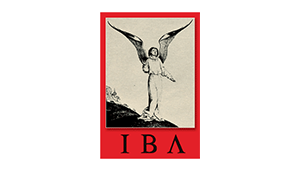



















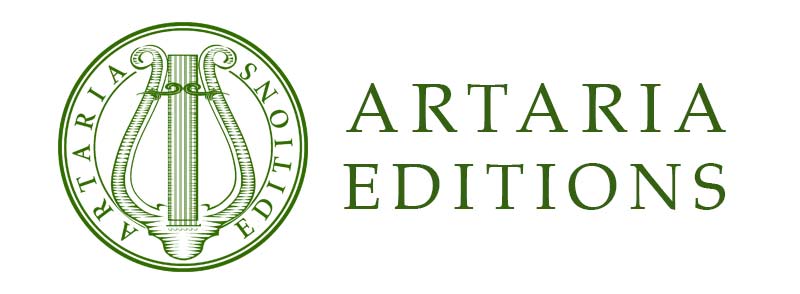



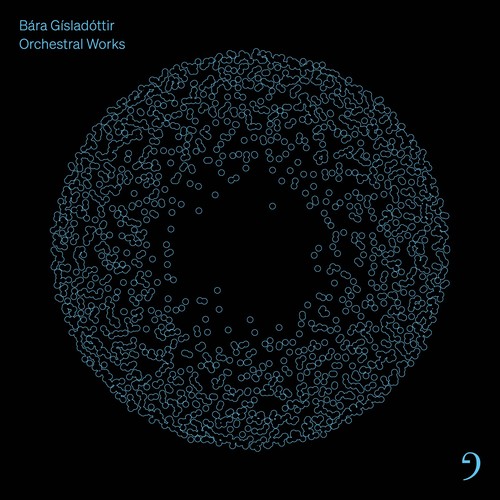
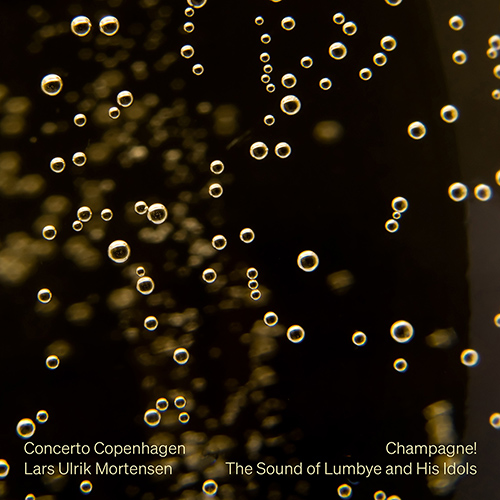
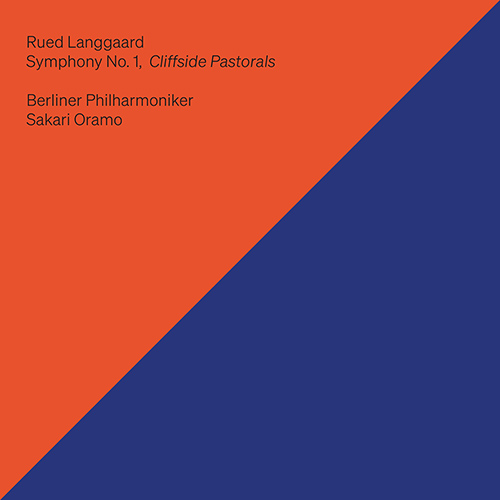
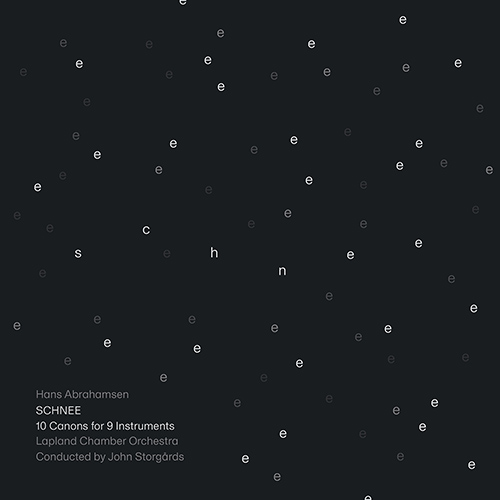
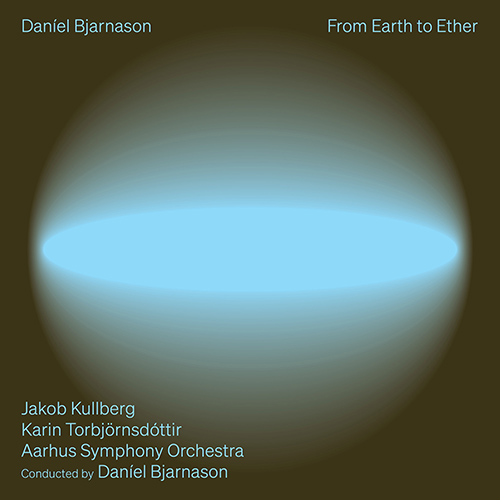
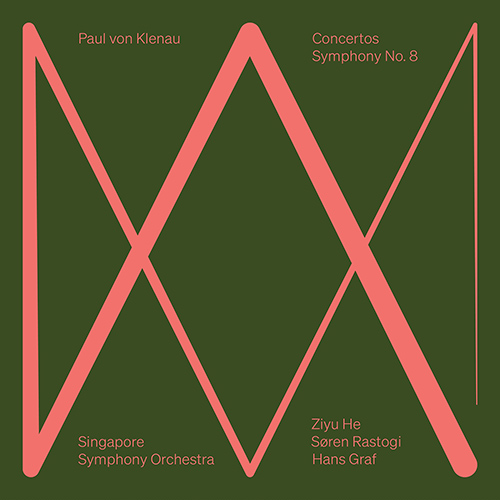
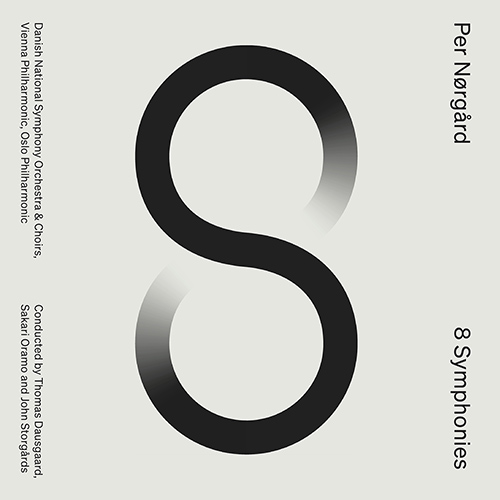
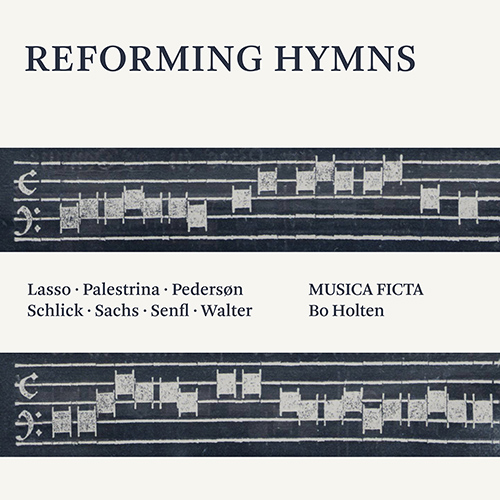
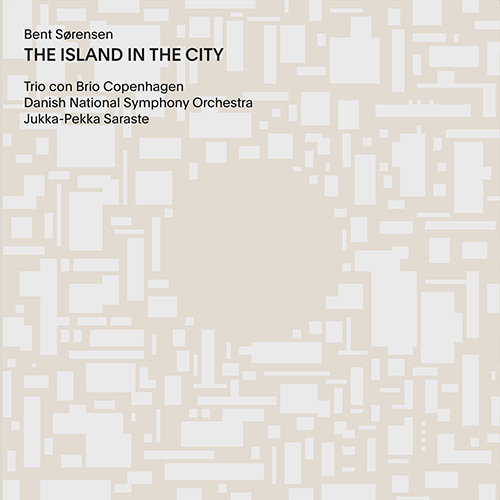
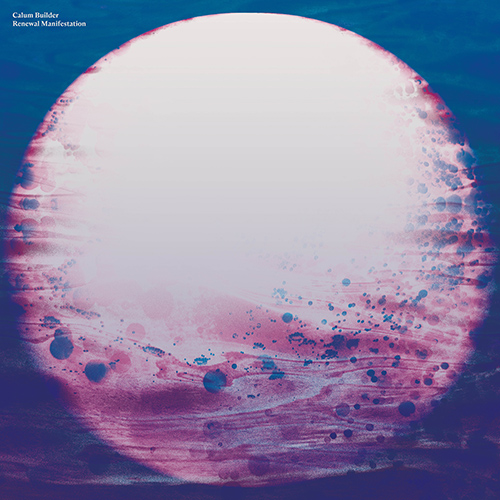
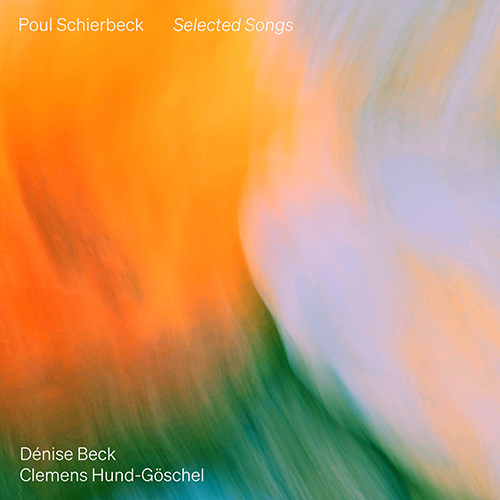
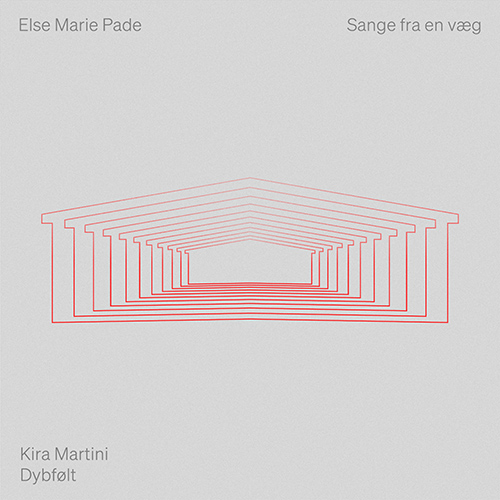
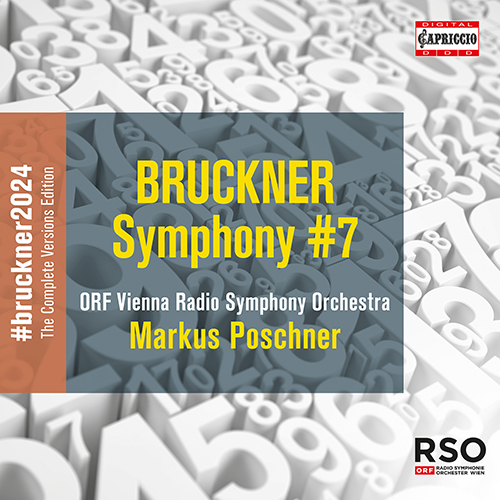
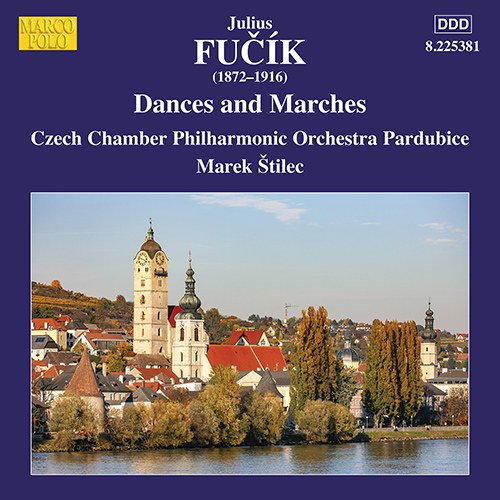
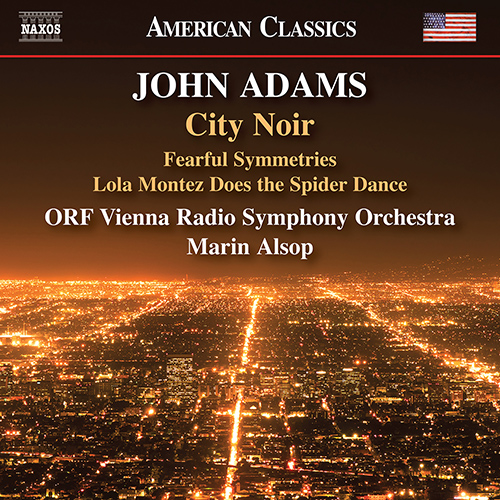
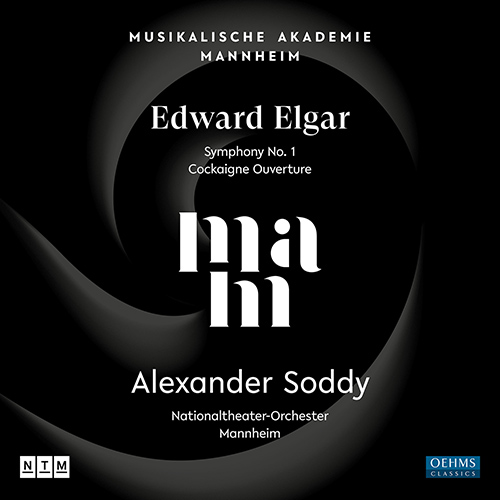
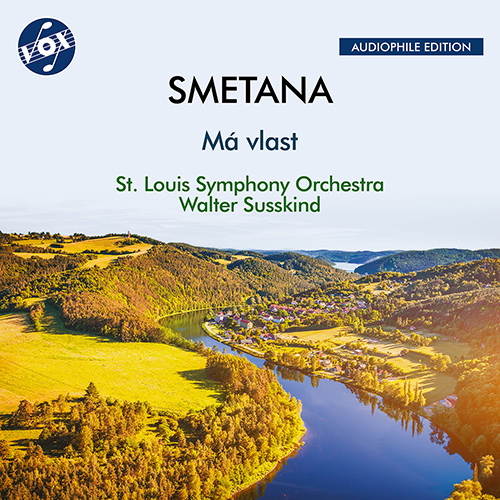
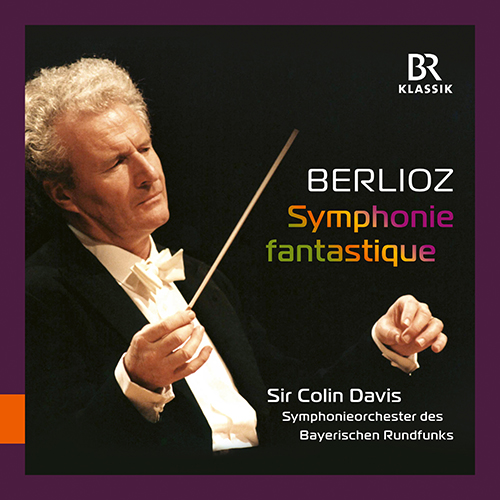

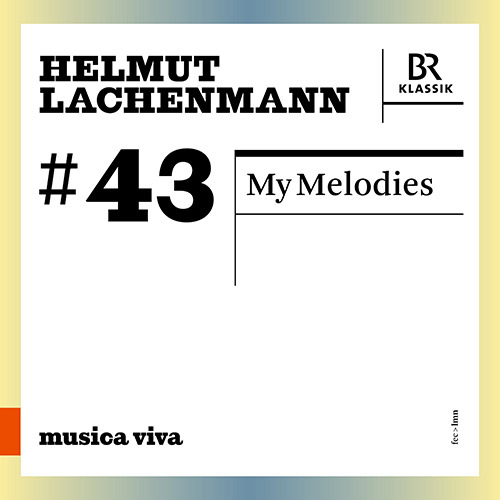
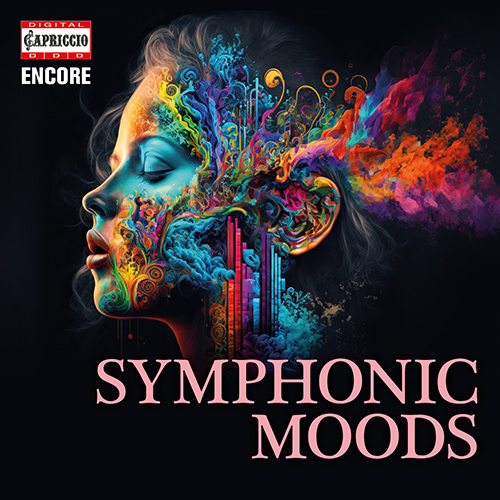
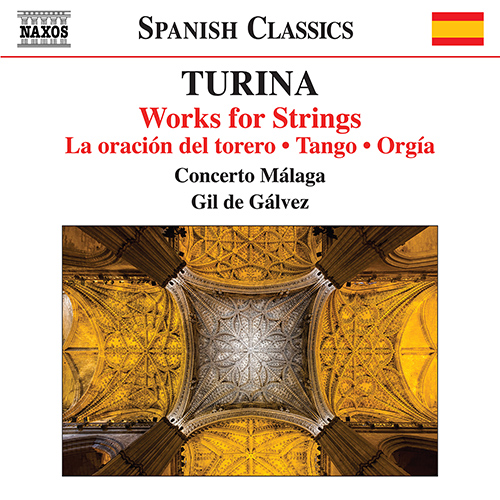
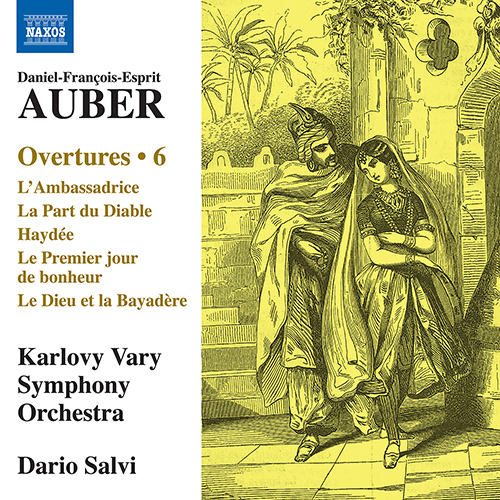
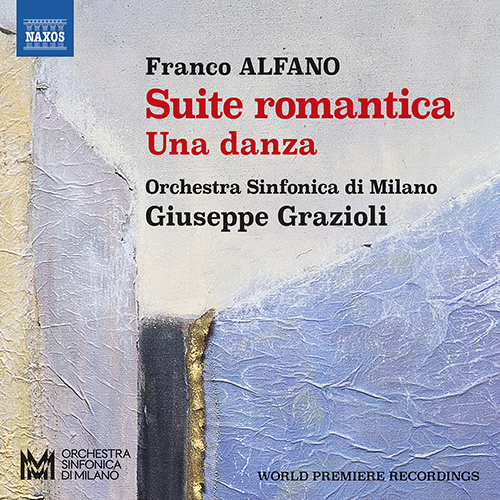
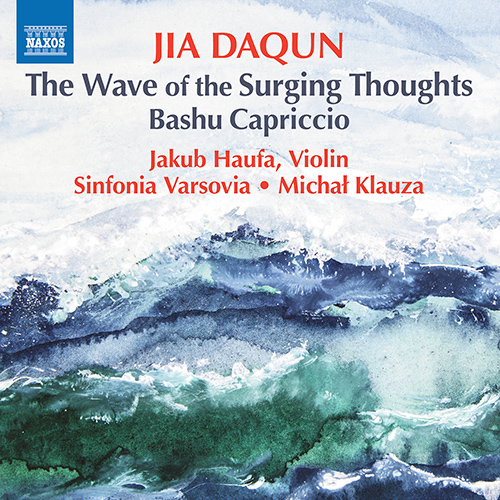
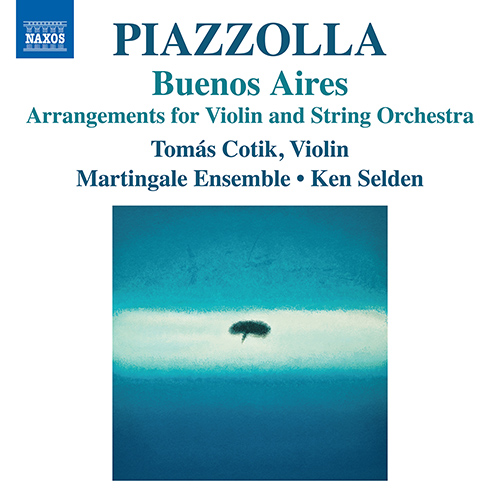
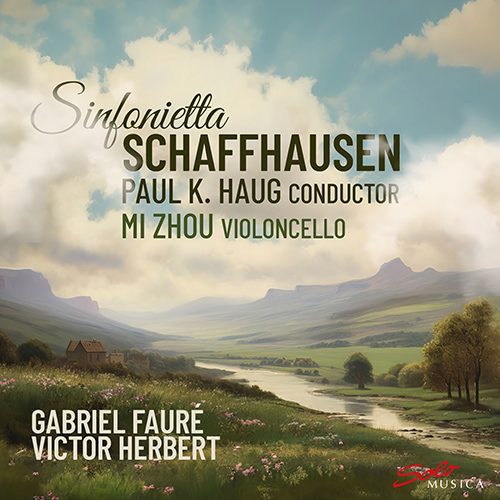
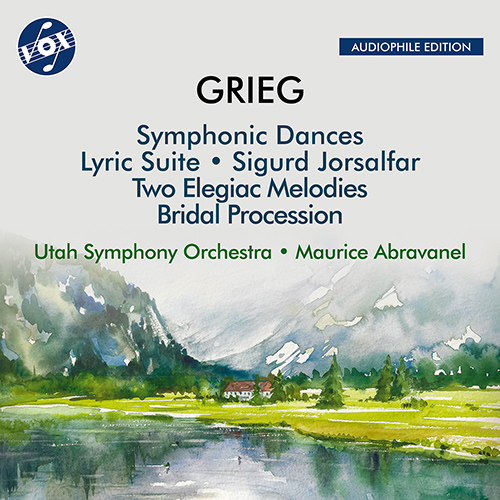
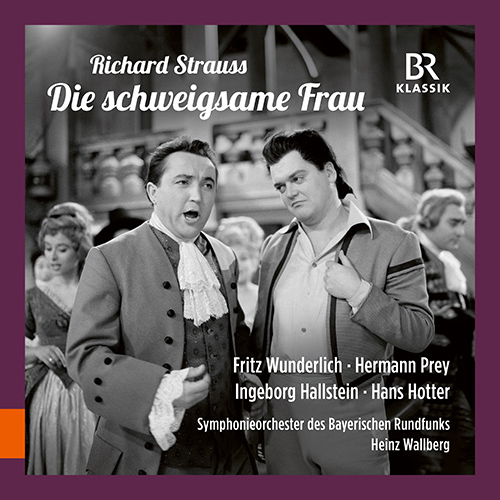
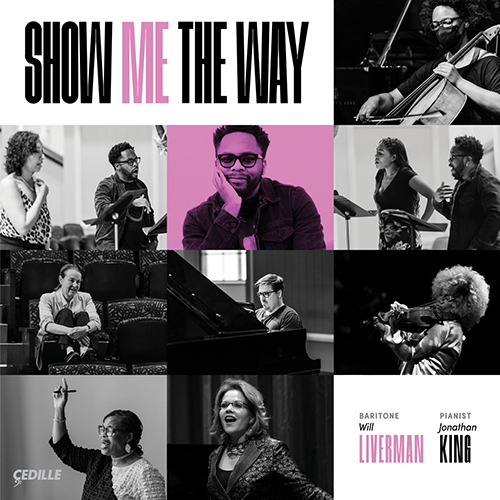
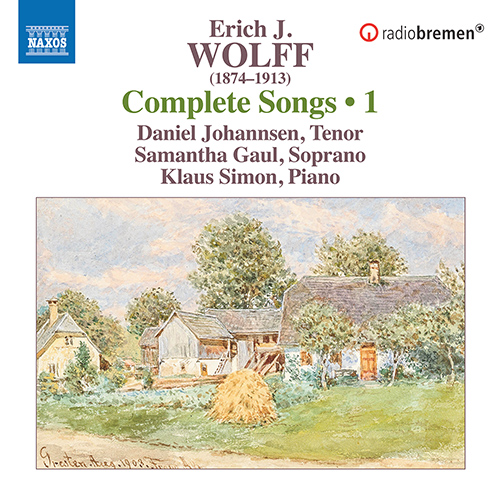
![SCHMIDT, F.: Fredigundis [Opera] SCHMIDT, F.: Fredigundis [Opera]](../../../sharedfiles/images/cds/hires/C380012.jpg)
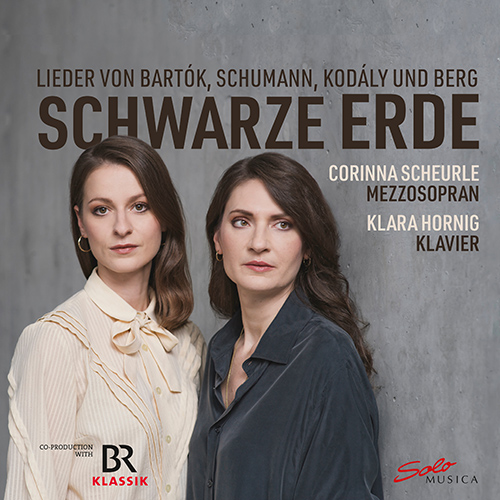
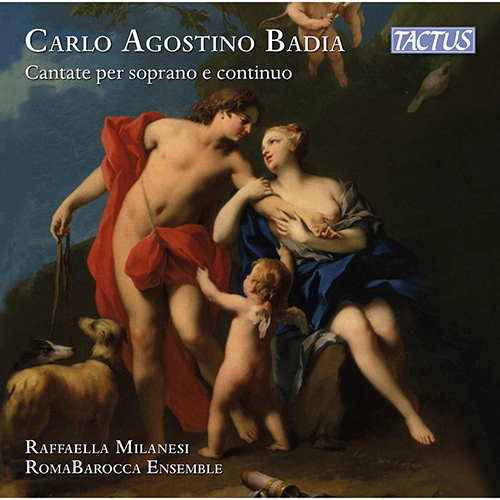
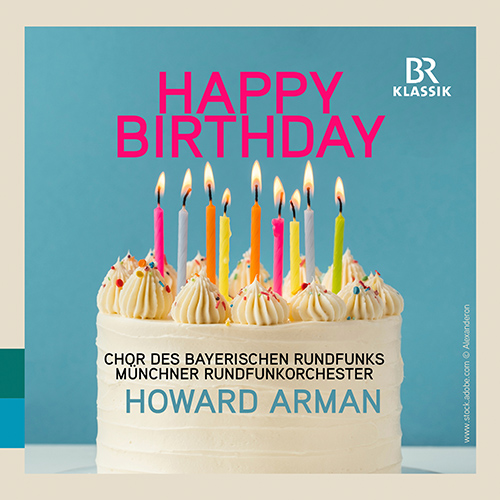
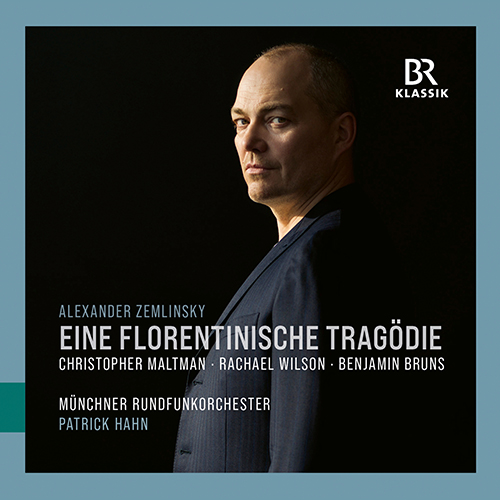
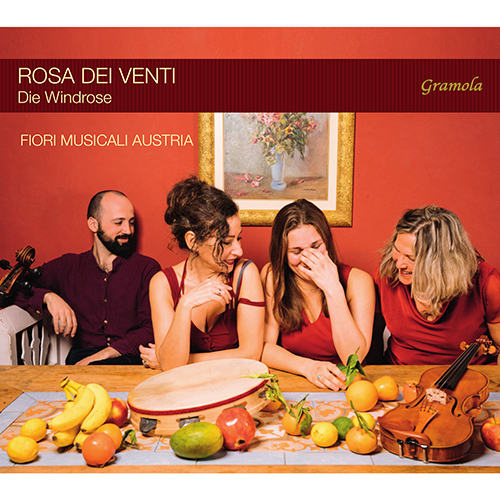
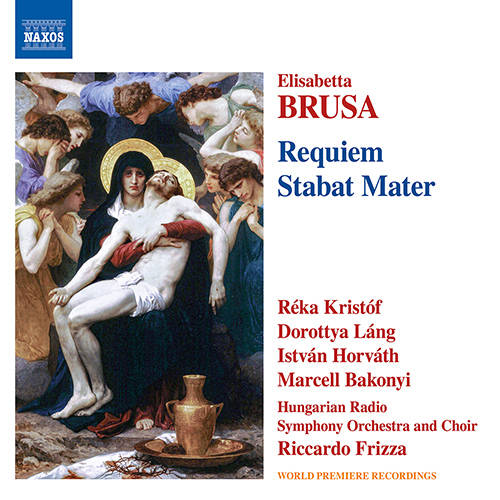
![DONIZETTI, G.: La favorite [Opera] (A. Stroppa, Camarena, Sempey, Stavinsky, Milletti, Di Tonno, Donizetti Opera Choir and Orchestra, Frizza) DONIZETTI, G.: La favorite [Opera] (A. Stroppa, Camarena, Sempey, Stavinsky, Milletti, Di Tonno, Donizetti Opera Choir and Orchestra, Frizza)](../../../sharedfiles/images/cds/hires/8.660549-51.jpg)
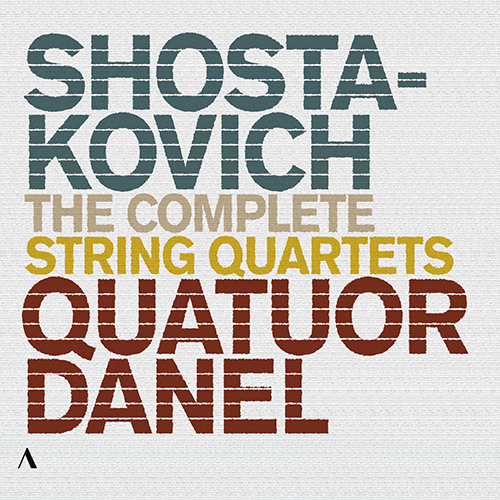
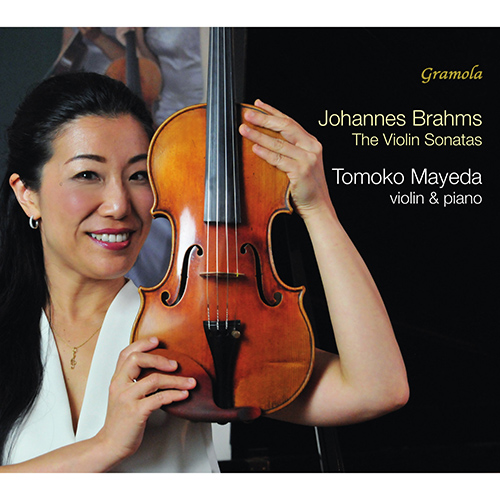
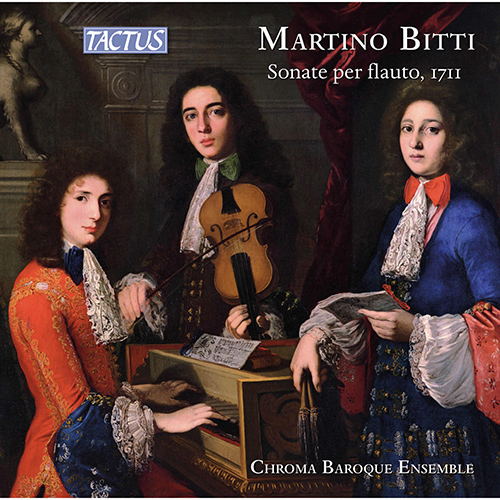
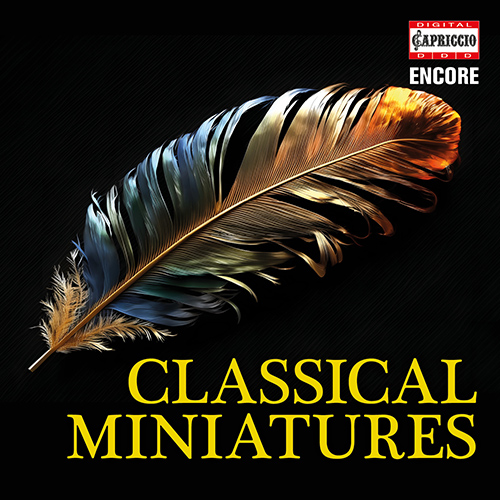
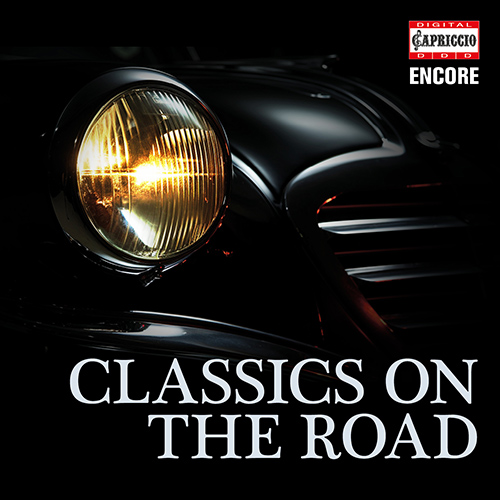
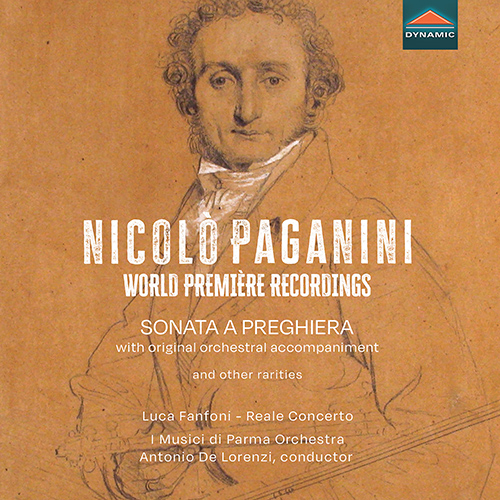
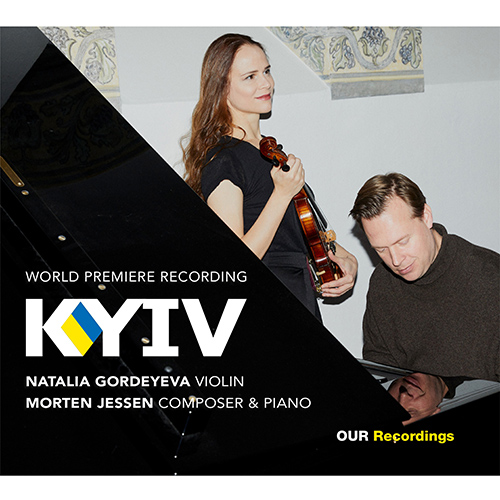

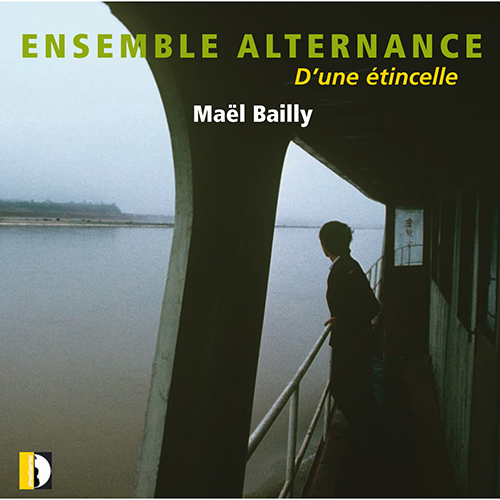
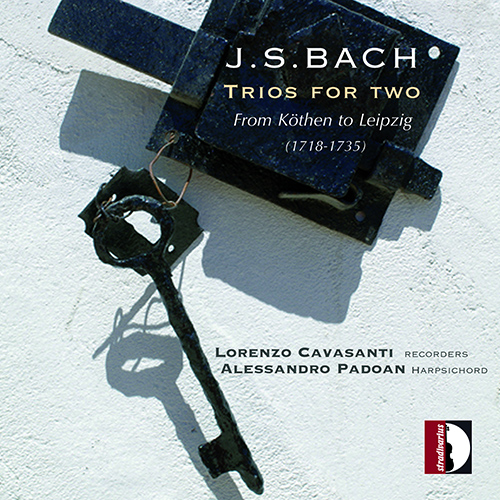
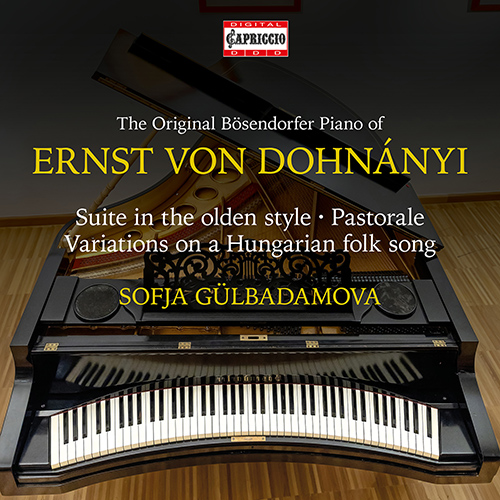
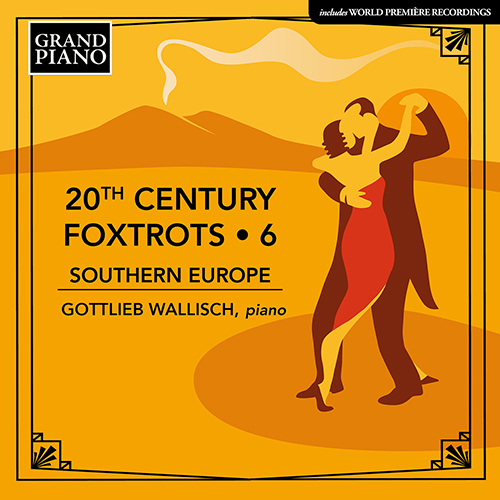
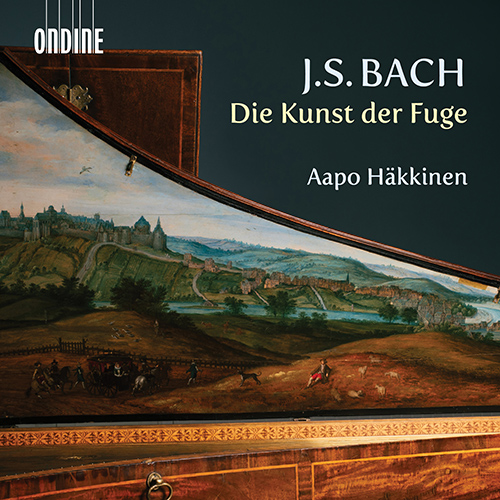
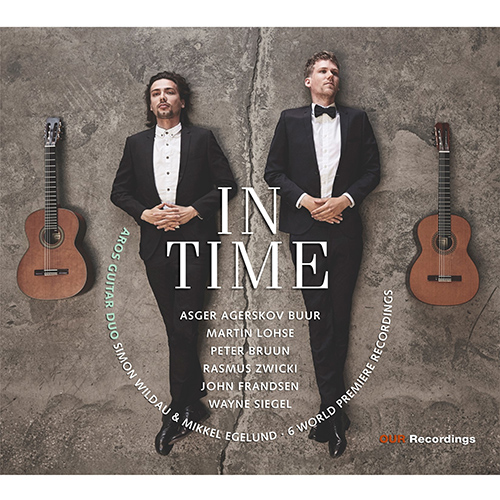
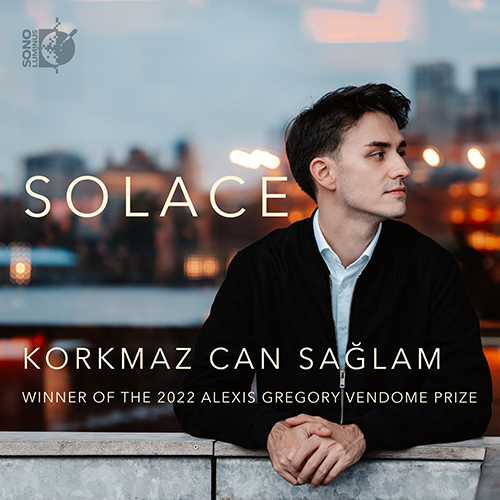
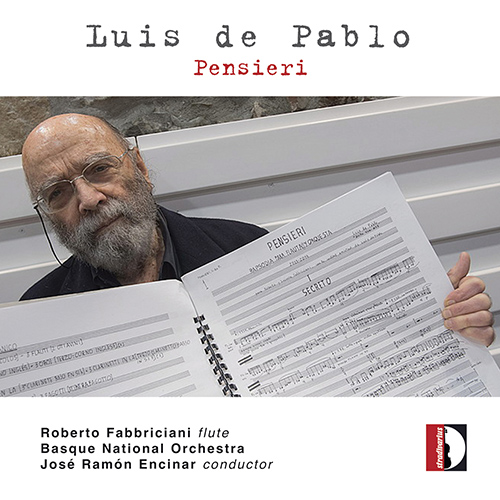
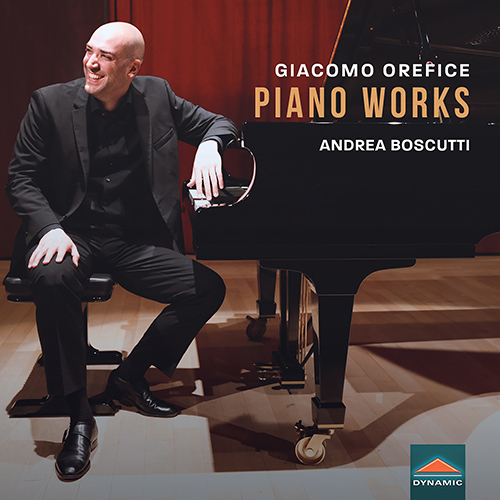
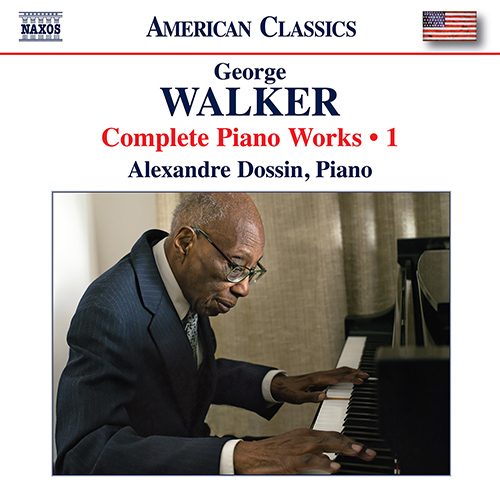
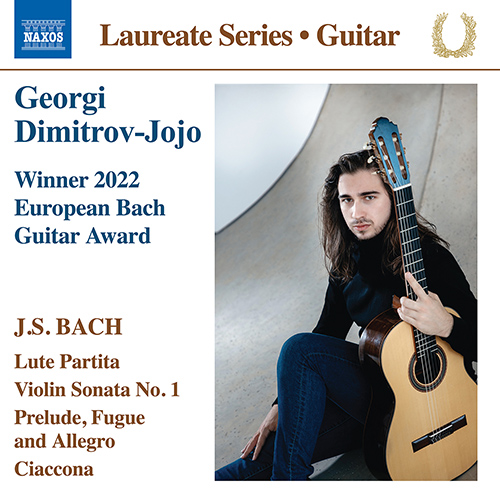
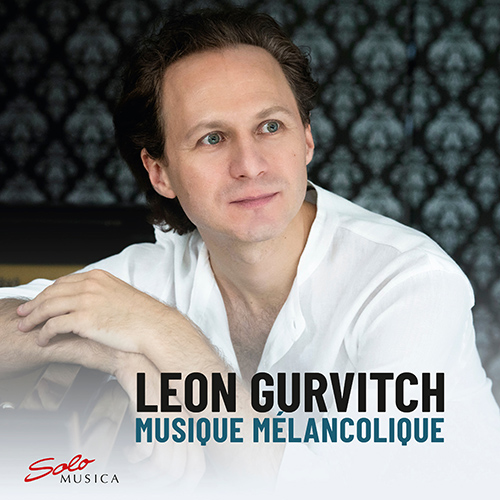
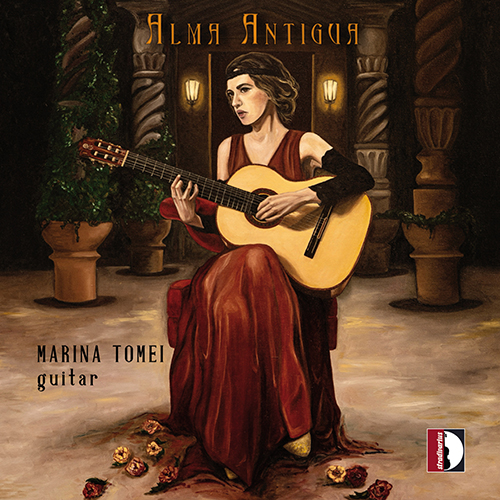
![DONIZETTI, G.: L’aio nell’imbarazzo [Opera] (Fondazione Teatro Donizetti, 2022) DONIZETTI, G.: L’aio nell’imbarazzo [Opera] (Fondazione Teatro Donizetti, 2022)](../../../sharedfiles/images/cds/hires/DYN-37993.jpg)
![WAGNER, R.: Siegfried [Opera] (Deutsche Oper Berlin, 2021) WAGNER, R.: Siegfried [Opera] (Deutsche Oper Berlin, 2021)](../../../sharedfiles/images/cds/hires/2.110743-44.jpg)
![TCHAIKOVSKY, P.I.: The Enchantress [Opera] (Frankfurt Opera, 2022) TCHAIKOVSKY, P.I.: The Enchantress [Opera] (Frankfurt Opera, 2022)](../../../sharedfiles/images/cds/hires/2.110768-69.jpg)

![VERDI, G.: Il trovatore [Opera] (Royal Opera House, 2017) VERDI, G.: Il trovatore [Opera] (Royal Opera House, 2017)](../../../sharedfiles/images/cds/hires/OA1262D.jpg)
![WAGNER, R.: Das Rheingold [Opera] (Staatsoper Berlin, 2022) WAGNER, R.: Das Rheingold [Opera] (Staatsoper Berlin, 2022)](../../../sharedfiles/images/cds/hires/809808.jpg)
